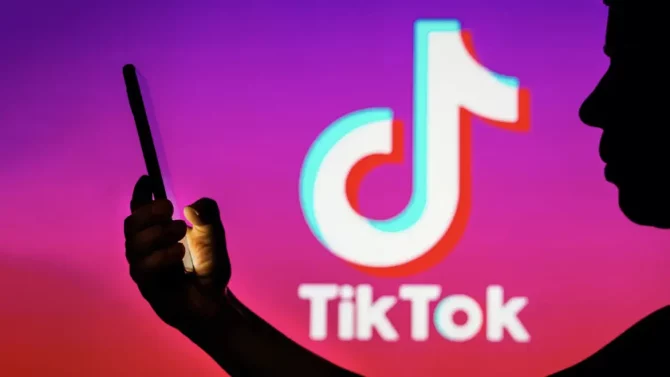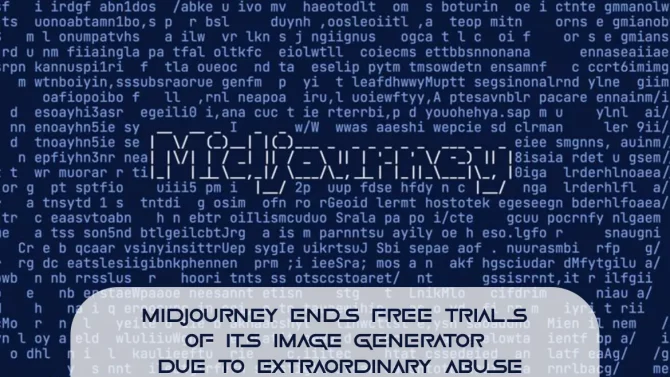The Rise of Generative AI Avatars
Generative AI avatars have been making waves in the world of technology and social media. These avatars are created using advanced artificial intelligence algorithms that generate unique characters with distinct personalities, behaviors, and appearances. The idea is to allow users to create their own virtual avatars that can interact with others, just like real people.
TikTok, the popular short-form video platform, is known for its innovative features and creative content. With the potential to revolutionize the way users engage with the app, generative AI avatars could be the next big thing on TikTok. This technology could enable users to create personalized avatars that reflect their unique style and personality, opening up new possibilities for creativity and self-expression.
How Generative AI Avatars Work
Generative AI avatars are powered by complex algorithms that analyze vast amounts of data, such as images, videos, and text, to generate virtual characters. These algorithms learn from the data and use it to create avatars that mimic human-like behaviors and appearances. The avatars can be customized by users, allowing them to choose various attributes, such as facial features, hairstyles, and outfits, to create a truly unique virtual representation of themselves.
One of the key aspects of generative AI avatars is their ability to adapt and evolve over time. As users interact with the avatars and provide feedback, the algorithms continue to learn and improve, making the avatars even more realistic and engaging. This dynamic nature of generative AI avatars makes them an exciting prospect for social media platforms like TikTok, where user engagement is a top priority.
As per a Twitter thread by renowned social media expert Matt Navarra, this tool, aptly named AI Avatars, enables users to upload three to 10 photos of themselves and select from five unique art styles. In just a matter of minutes, it will then generate up to 30 distinct avatars. Users can conveniently download their preferred avatar, or even multiple avatars, to utilize as their profile picture or in their stories.
![]()
Although the available art styles may be slightly more limited compared to Lensa, the results are undeniably impressive, making this feature highly likely to gain popularity among TikTok users. To prevent potential strain on their servers, TikTok has reportedly limited the usage of AI Avatars to once per day.
The Potential Impact of Generative AI Avatars on TikTok
The introduction of generative AI avatars on TikTok could have a significant impact on the platform and its users. Here are some potential ways in which this technology could change the TikTok landscape:
- Enhanced Creativity: Generative AI avatars could provide users with a whole new level of creative freedom. Users could create avatars that match their unique style and personality, allowing them to express themselves in new and exciting ways. This could lead to a surge in user-generated content, driving engagement and boosting TikTok’s appeal to a wider audience.
- Increased User Interaction: Generative AI avatars could facilitate virtual interactions between users, creating a more immersive and interactive experience on TikTok. Users could interact with each other’s avatars, engage in virtual conversations, and even collaborate on creative projects. This could foster a sense of community and socialization, making TikTok a more engaging and addictive platform.
- Brand Opportunities: Generative AI avatars could open up new opportunities for brands to connect with users on TikTok. Brands could create branded avatars that users can interact with, providing a unique and personalized experience. This could be a creative way for brands to promote their products or services and engage with their target audience on a deeper level.
- Enhanced Personalization: Generative AI avatars could enable TikTok to deliver more personalized content to users. The avatars could analyze users’ behaviors and preferences and tailor the content they see based on their virtual avatar’s characteristics. This could lead to a more engaging and relevant content feed, keeping users hooked to the platform for longer periods of time and driving higher user retention rates.
- Entertainment Value: Generative AI avatars could add a new layer of entertainment value to TikTok. Users could create avatars that can perform dances, lip-sync to popular songs, or participate in virtual challenges, creating a unique and engaging content experience. This could further enhance the viral nature of TikTok and attract more users to the platform.
The Future Outlook of Generative AI Avatars on TikTok
The future outlook of generative AI avatars on TikTok looks promising. With the rapid advancements in artificial intelligence and machine learning, we can expect to see more sophisticated and realistic avatars in the near future. As the technology continues to evolve, we may see increased integration of generative AI avatars into various aspects of TikTok, including user-generated content, virtual interactions, and brand collaborations.
Moreover, the potential applications of generative AI avatars may extend beyond TikTok. We may see these avatars being used in other social media platforms, gaming, virtual reality, and even in the fields of marketing and advertising. The possibilities are vast, and the impact of generative AI avatars on our digital landscape is yet to be fully realized.
Criticism on Lensa and Midjourney
It’s worth noting that generative AI images have not been without controversy. In the past, both Lensa and Midjourney have faced criticism from artists who claimed that the AI had liberally sampled their work without proper attribution. Moreover, Getty also filed a lawsuit against Stable Diffusion earlier this year, alleging that it scraped data from Getty to generate art.
Conclusion
Generative AI avatars hold immense potential to revolutionize the way users engage with social media platforms like TikTok. With their ability to create unique and personalized virtual representations, generative AI avatars could enhance creativity, drive user interactions, provide new branding opportunities, and deliver personalized content. As technology continues to advance, we can expect to see more exciting developments in this field, shaping the future of social media and digital experiences.






